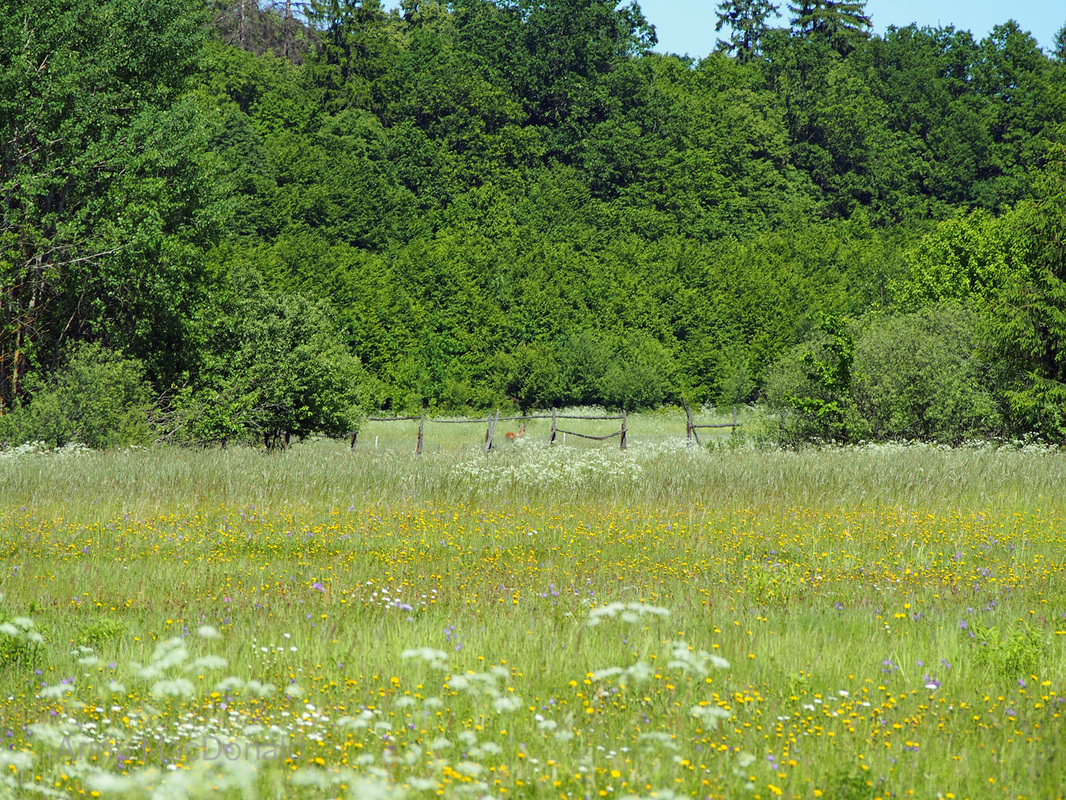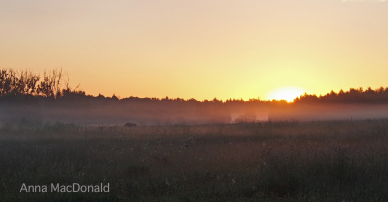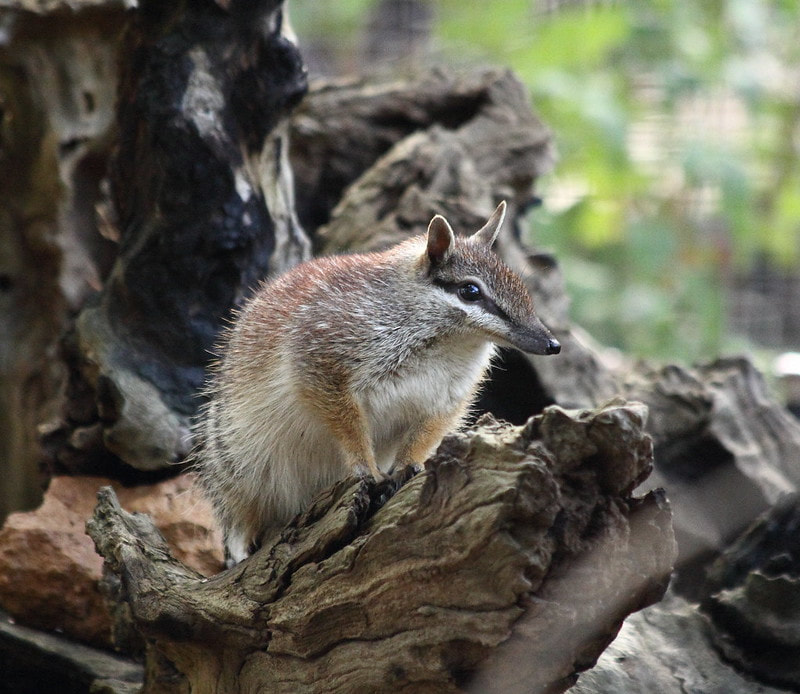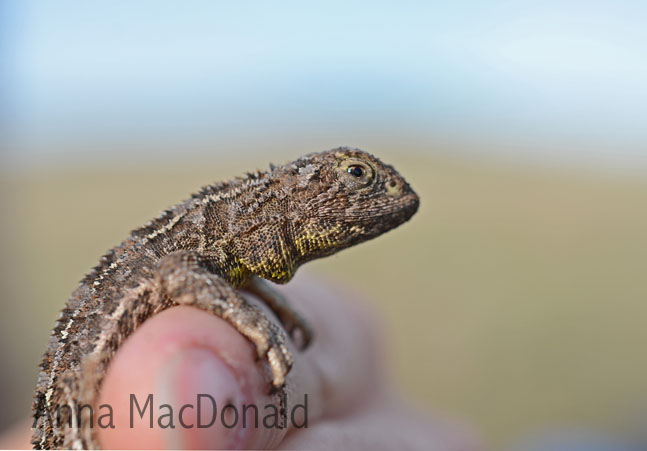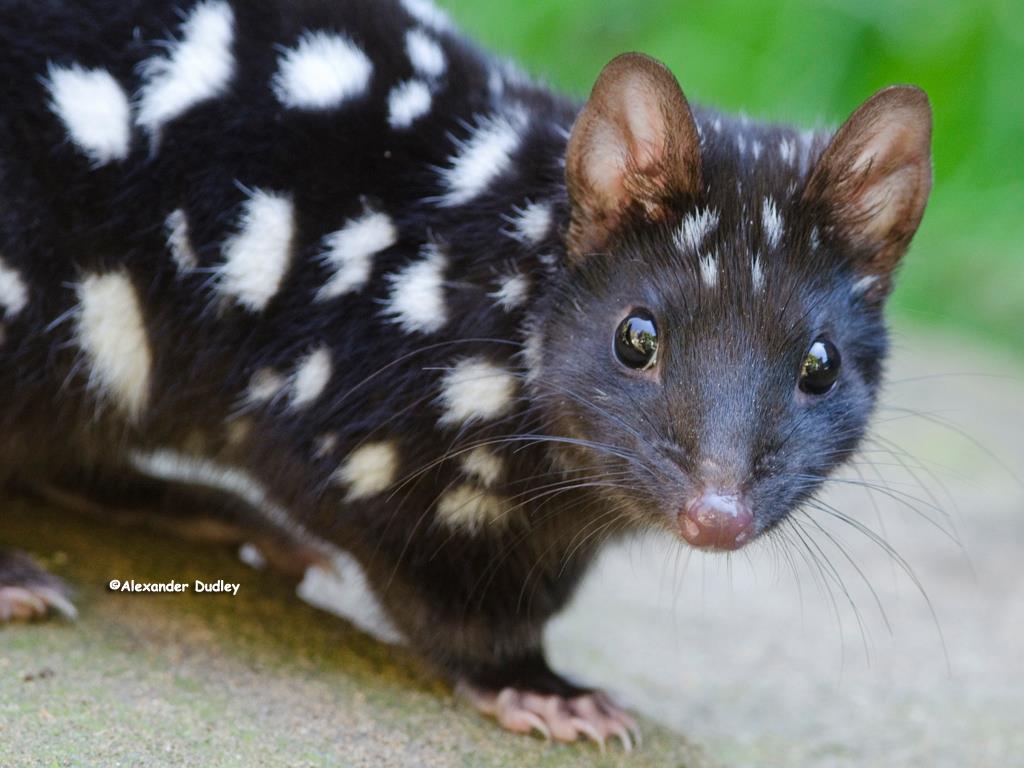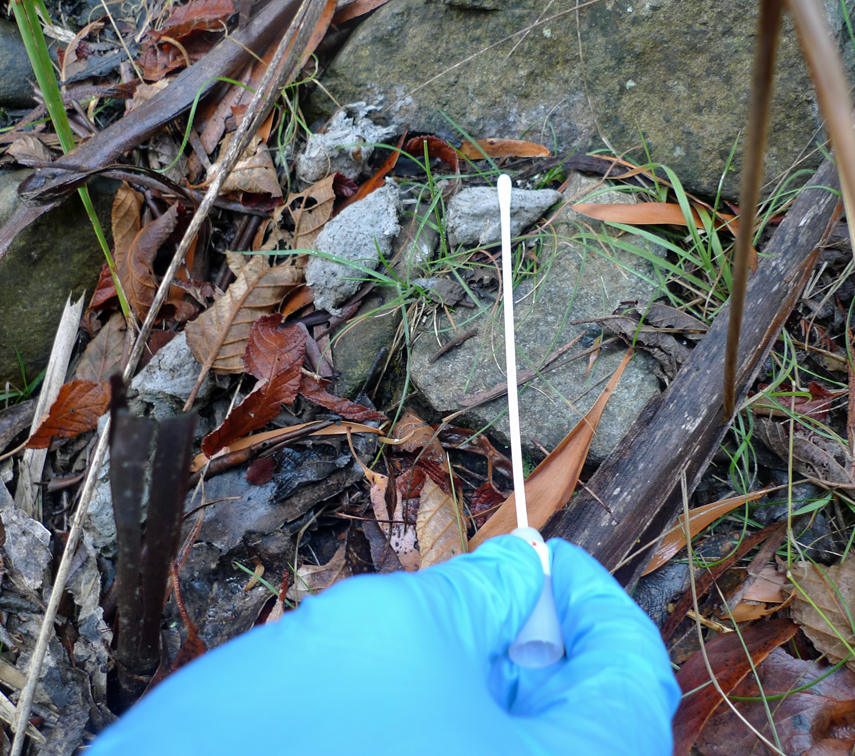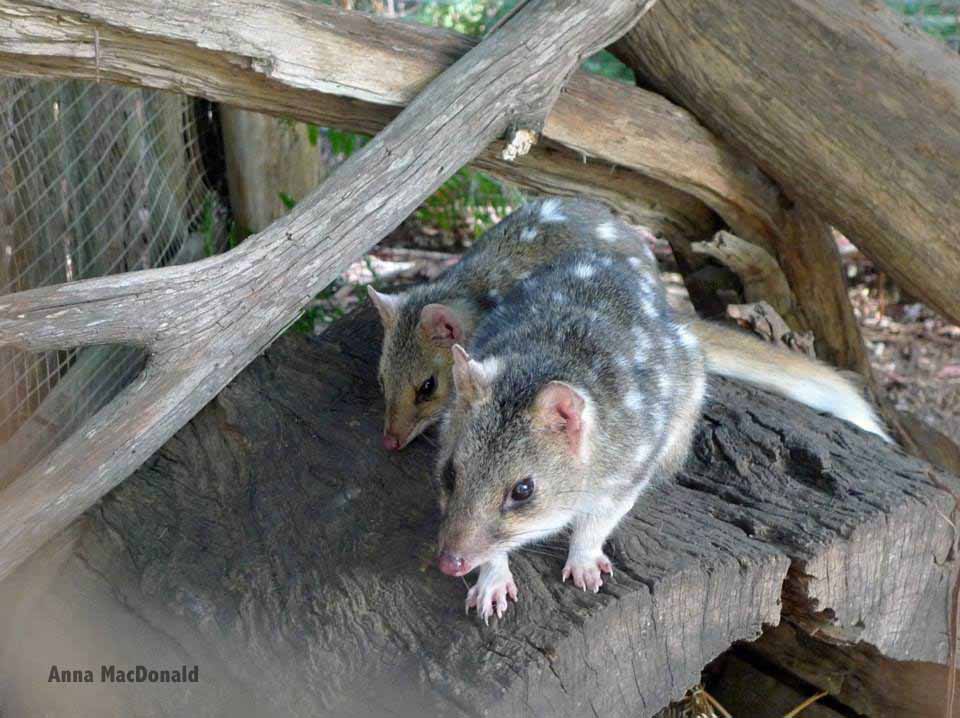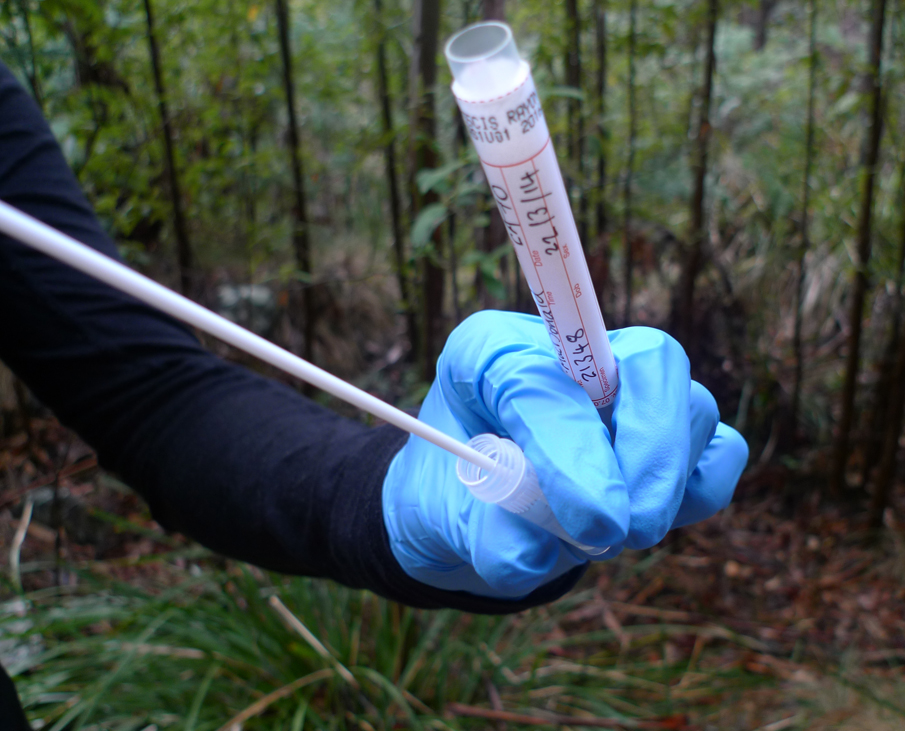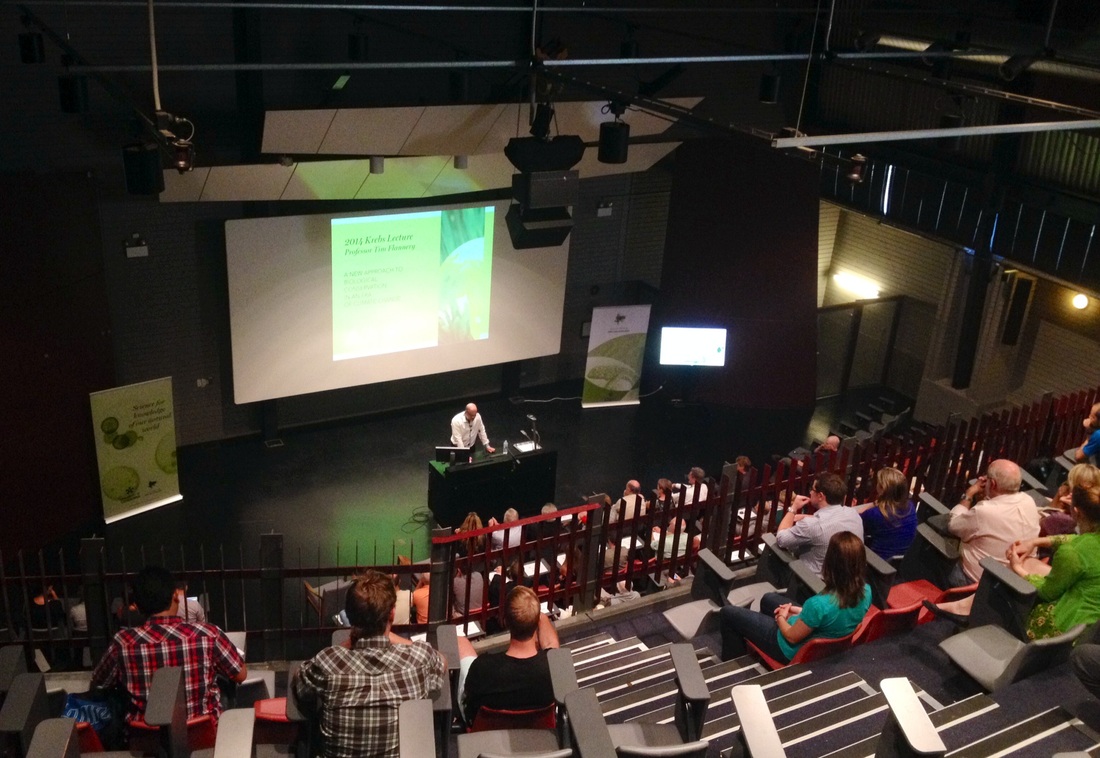Anna MacDonaldI'm a biologist with interests in genetics, conservation, ecology, invasive species, and wildlife management. Archives
May 2019
Categories
All
|
Back to Blog
Click here to read the full post at WildlifeSNPits
A couple of weeks ago, Stephanie asked if there is too much I in scicomm? This week, I’m asking whether there is too much doom and gloom in scicomm – or at least in scicomm related to wildlife conservation? Two things have led me to this post. In December, Emily asked me for my thoughts on new year’s resolutions related to wildlife and nature. I don’t usually make specific new year’s resolutions, but I do enjoy the opportunity to reflect on life at this time of year. So, I’ve been considering Emily’s question. Also late last year, I read this blog post, “It’s time to bring positivity back to conservation“. Here, Billy Geary argues that: “Conservation biologists have a responsibility to communicate facts that increase the awareness of environmental problems. But that isn’t enough. As advocates for conservation it is our responsibility to deliver messages that inspire action. It’s time to return positivity and hope to conservation.” I completely agree with him. As conservation scientists, whatever our aims and motivations, at the end of the day what we are “selling” is hope. Hope that in the future our favourite species, or community, or ecosystem, will persist and thrive.
0 Comments
Read More
Back to Blog
Click here to read the full post at WildlifeSNPits At first they were just shadows, dark impressions glimpsed through the mist. Is that really…? Could it be…? As we moved a little closer one of them turned to the east, to face the rising sun. His profile was unmistakable, the curved horns and humped shoulders proclaiming “bison”! And not just any bison, but free-ranging European bison, grazing in the meadows on the edge of the largest remnant of primeval forest in Europe. Without a doubt, this encounter during my visit to Poland in July was the stand-out wildlife experience of my year. With an emphasis on WILD. I suspect that experience is also what prompted this post, on the topic of rewilding. Rewilding. It’s an evocative word. It’s also a word that seems to turn up quite regularly in my news feeds at the moment. Every so often, friends ask me what I think about rewilding. To answer them I wanted to gain a better understanding of some of the issues surrounding rewilding, so I thought I’d do a little reading, then write a quick blog post on the topic. Well, that was a mistake! I’ve just emerged from one of those internet black holes, following one link after another, browsing paper after news article after blog, reading about some wonderful conservation projects, outlandish ideas (some good, some… less good) and first person perspectives from all sides of the debate. So what have I learned? Well… it’s complicated.
Back to Blog
Click here to read the full post at Wildlife SNPits:
So, I just made a discovery – November 7th 2015 is (or was) the first ever World Numbat Day! I had another post planned for this weekend, coincidentally about a different group of marsupials, but how could I go past this opportunity to write about numbats? I might be a little late to the festivities, but I don’t think the good folks atProject Numbat will mind too much. In this post I’m not going to share any tales of numbats glimpsed crossing the road in front of my car, or whilst I was hiking in the Australian bush, or even any of my own numbat photographs. There’s a simple reason for this. I’ve never actually seen a numbat. Yes, I know, my credibility is ruined! But wait… before you judge this alleged mammalogist too harshly… the sad truth is that the entire global population of wild numbats alive today would likely fit in my living room. I’m not saying they’d be comfortable stacked up like that, but with fewer than 1000 individuals left it’s not a big stretch of the imagination. The species is listed by the IUCN as endangered.
Back to Blog
Click here to read the full post at WildlifeSNPits:
September 7th marks the anniversary of a spectacular failure in Australian wildlife conservation. On this day in 1936, the last known thylacine, the largest marsupial carnivore and the only member of the family Thylacinidae, died in captivity in a Hobart zoo. Today, this day is recognised (I cannot bring myself to write “celebrated”) as Threatened Species Day. In July this year, the Australian Government launched a new Threatened Species Strategy at a summit in Melbourne. Many conservationists, myself included, have welcomed these plans, which include targets to improve the conservation status of 20 mammals, 20 birds and 30 priority plant species by the year 2020. Those who know me will know of my love for bandicoots, bilbies and quolls, so it should be no surprise that I’m delighted to see some of these species included in the new strategy. But still, in the days following the announcement I found myself having conversations with an assortment of friends and colleagues that went along the lines of “this is great but what about the threatened fish… or reptiles… or amphibians… or insects… or crustaceans…" If we are serious about wildlife conservation and the preservation of ecosystems, we can’t afford to focus only (or mostly) on the cute and the fluffy. We need to strive to conserve all wildlife and especially to prevent the loss of species that play important ecological roles. We need to save the pollinators, the predators, the detritivores, the ecosystem engineers… there are many of these and, although some may have fur or feathers, most of them don’t!
Back to Blog
Click here to read the full post at WildlifeSNPits:
It was about 4am on a dark Tasmanian morning and I was heading for Hobart airport for a 6am flight. I was driving along twisting country roads, taking it easy for the sake of ambush wombats and my rental car excess. Rounding a corner I saw a movement on the road, I saw spots, white on brown covering the body and tail, and I just had time for a glimpse of the whole creature as it turned to run for the bushes. And that was it! My first ever glimpse of a wild quoll! Several years would pass before my next, also in Tasmania, this time a female eastern quoll and her four half-grown young. Although two species of quoll still persist in Tasmania, they are no longer common near Canberra where I live. In fact, despite their former abundance, quolls are in decline across much of Australia, and conservation of these native marsupial predators and their ecological roles is paramount. As native predators such as quolls have disappeared from the Australian landscape, they have been replaced by introduced species. This is no coincidence: there is good evidence that cats and foxes have negative impacts on quolls, as well as many other Australian animals. So, if cats are bad for Australia, but quolls are good, what can we do to reduce the impacts of cats, and promote quoll conservation?
Back to Blog
Click here to read the full post at WildlifeSNPits:
If you open a few recent journals with a focus on conservation or ecology, the chances are that you won’t be too far away from a paper that uses environmental DNA (eDNA). In fact, Biological Conservation currently has a special issue on environmental DNA as a tool for conservation, which I’ve added to my reading list for #365papers. Genetics has been a handy tool for conservationists for a few decades now, and since the 1990s non-invasive genetic analyses, have become increasingly common. More recently, the revolution in high throughput and massively parallel DNA sequencing technologies has allowed us to tackle questions that were thought impossible even just a few years ago, including complex investigations of mixed environmental samples. You can measure biodiversity from the DNA in a soil or water sample. You can study the diets of cryptic predators through genetic analysis of their faeces. It’s all very exciting!
Back to Blog
Click here to read the full post at WildlifeSNPits:
Today, 26th January, is Australia Day. This is Australia’s national holiday, marking the arrival on this day in 1788 of the British First Fleet at Port Jackson in New South Wales. Of course one might wonder whether the anniversary of the proclamation of British sovereignty over eastern Australia is an appropriate date to celebrate Australian unity and culture. No one can deny that indigenous Australian communities have suffered – and are still suffering – extreme hardships following the establishment of British rule on this continent, and 26th January has other names: “Invasion Day”, “Survival Day”, “Day of Mourning”… This topic is not my field of expertise so I won’t expand further, but I encourage you to learn more about different perspectives here, here, here, here, here, here and here. What I do want to write about today is biodiversity and conservation in Australia, and the status of Australian wildlife in the society that has developed in the 227 years since January 26th 1788. Unfortunately I don’t think there is too much to celebrate...
Back to Blog
Click here to read the full post at WildlifeSNPits:
“Bob said I should call you because it would be good to do some genetics on this mammal population, how long will that take…?” “Alice and I collected a few tissue samples when we were in the field earlier this year and now we’d like to talk to you about collaborating on some DNA analysis…” I’m paraphrasing of course, but I’ve heard variants of these numerous times over the last decade or so. I’ve also met many people with a passion for ecology and conservation who have wanted to learn more about genetics as it applies to their research. Which is great! DNA can be a wonderful tool with great potential to contribute to wildlife conservation and management. As DNA sequencing technologies advance, genetic analysis has become both more affordable and more accessible to people who study non–model organisms (i.e. most of the world’s wildlife!).
Back to Blog
Last Monday I attended - and live-tweeted from - the 2014 Krebs Lecture at the University of Canberra. The Krebs Lecture is an annual event staged by the Institute for Applied Ecology and named in honour of the ecologist Professor Charles Krebs. Charley is a "Thinker in Residence" at the IAE and spends the Australian summer with us.
This year's lecture was delivered by Professor Tim Flannery. He spoke on "A new approach to biological conservation in an era of climate change". About 500 people attended in person, more watched a live feed and there was enthusiastic participation on Twitter as well. If you want to see it for yourself, the live feed has been archived and I'm told a better quality recording will be made available shortly. I also made a storify of the twitter discussion of the talk (#Krebs2014). Professor Flannery began by discussing the climate change, especially in Australia. He covered warming oceans, sea level rise, floods, bushfires and extreme weather events. The talk then moved on to discuss biodiversity, endangered species and how changing climates will affect wildlife and habitats. The conclusion was a series of suggestions that the world / Australia / politicians / the general public need to embrace if we are to conserve biodiversity as the climate changes. I particularly liked the point that we should hold ourselves accountable for the environment as we are for the economy. Many of the audience questions were centred around the final point: Flannery's assertion that we need to leave 80% of our fossil fuels in the ground as we cannot afford to deal with the carbon pollution associated with using those resources. |
 RSS Feed
RSS Feed
